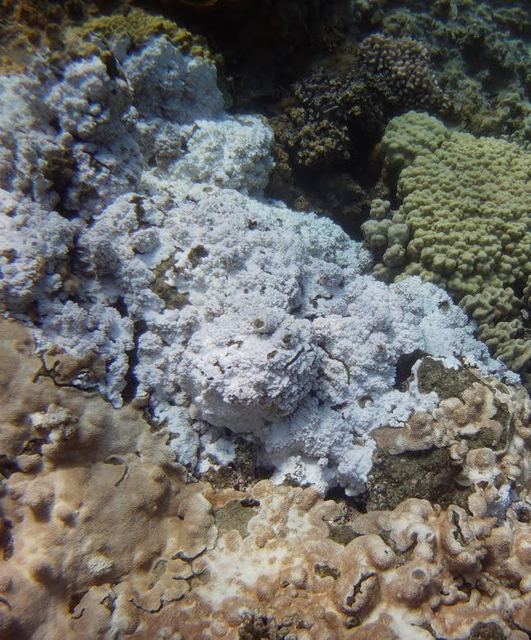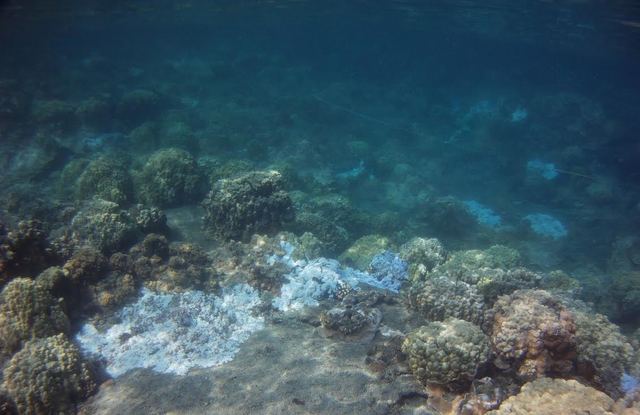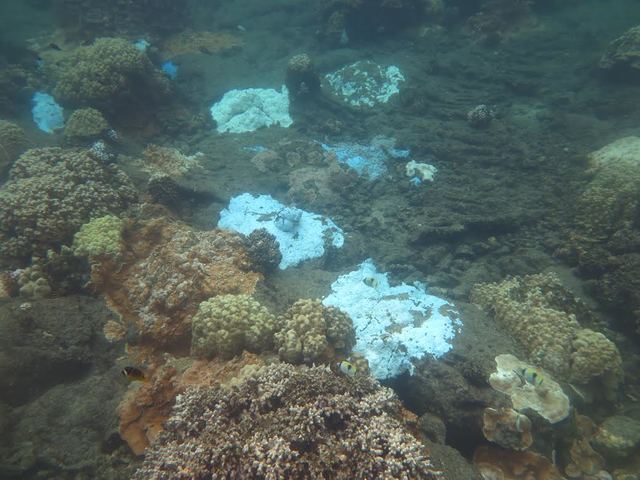East Hawaii coral bleaching ‘unprecedented’
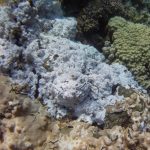
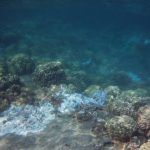
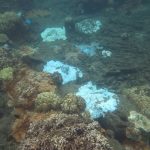
High water temperatures fueled by El Niño are wreaking havoc on East Hawaii’s coral reefs.
ADVERTISING
Misaki Takabayashi, an associate professor of marine science at University of Hawaii at Hilo, said parts of the reef in Keaukaha and Waiopae are turning ghostly white as coral bleaching takes hold, threatening the area’s marine ecosystem.
Bleaching occurs when ocean water temperatures rise, causing the coral to lose key nutrients.
Takabayashi said bleaching is affecting almost every coral type to some degree, with one hard-hit species at Waiopae seeing bleaching rates higher than 80 percent. While the full impact isn’t yet known, she estimated as much as 30 to 40 percent of the colony in these areas could be lost.
“This is definitely unprecedented,” Takabayashi said.
“Last year was the first time we, Hawaii, as an archipelago experienced any significant levels of bleaching — and this year is a lot worse,” she said.
The impacts will be noticeable.
“Either they will lose parts of the colony or whatever is going to survive is seen in smaller portions,” Takabayashi said.
“They (snorkelers and divers) will see less coral next year for sure.”
Water temperatures remain about 1 to 2 degrees above normal, a trend that should continue through winter as El Niño conditions persist, said Matt Foster, a meteorologist with the National Weather Service.
Coral bleaching is a worldwide problem this year, triggered by global warming and El Niño conditions.
The spread of sickly white started more than a year ago in Guam, then devastated Hawaii, infected the rest of the tropical Pacific and the Indian oceans and now infested Florida and the Caribbean. On Oct. 8, the National Oceanic and Atmospheric Administration and international reef scientists pronounced it a global coral bleaching event, only the third in recorded history, according to a report by the Associated Press.
Poor water quality exacerbates the problem, Takabayashi said, who noted Waiopae is seeing the worst of it.
“I would say in fact all of the coral species at Waiopae are bleaching to some extent,” she said, adding poor water circulation is a factor.
In the short term, reducing the impact of cesspools, agriculture and other human activities on water quality can help keep coral healthy and more resilient to climate change, Takabayashi said.
Email Tom Callis at tcallis@hawaiitribune-herald.com.

